The travel industry is experiencing a fascinating transformation. While the Eiffel Tower still draws millions of visitors annually, an increasing number of travelers are choosing to skip the crowded observation decks in favor of sharing coffee with a Parisian baker at 6 AM. This shift represents more than just a trend—it’s a fundamental change in how we approach exploration and cultural connection.
Modern travelers are no longer satisfied with simply checking landmarks off their bucket lists. They want to understand the pulse of a place, taste authentic flavors, and create memories that go beyond the typical tourist snapshot. This evolution reflects a deeper human desire for genuine connection and meaningful experiences that resonate long after the journey ends.
Understanding the Core Differences

What Makes Local Experiences Unique
Local experiences represent the heartbeat of a destination. These are activities that locals actually participate in—shopping at neighborhood markets, attending community festivals, learning traditional crafts from skilled artisans, or joining pickup soccer games in public parks. The key characteristic is authenticity: these experiences exist primarily for the local community, not for tourists.
Consider the difference between dining at a restaurant in Times Square versus eating at a family-run trattoria in Rome’s Trastevere neighborhood. The latter offers not just food, but stories, traditions, and connections that have been passed down through generations.
The Traditional Tourist Attraction Model
Tourist attractions serve an important purpose in travel. They offer accessible entry points into a destination’s history and culture. The Louvre, Machu Picchu, and the Great Wall of China provide structured, well-documented experiences that help visitors understand significant cultural and historical contexts.
These attractions typically feature professional guides, established infrastructure, and predictable experiences. They’re designed to accommodate large numbers of visitors efficiently while preserving important cultural or natural sites.
The Great Shift: Why Travelers Are Choosing Differently
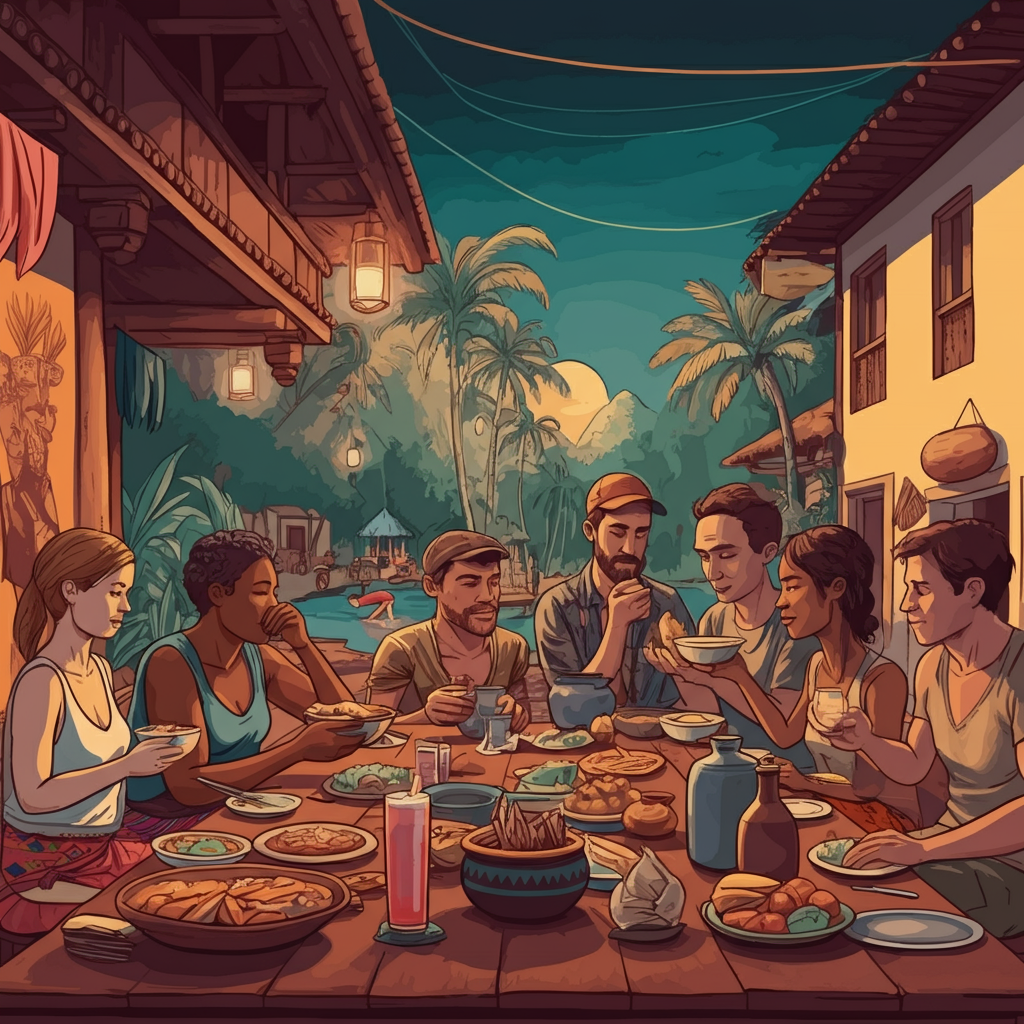
The Quest for Authenticity
Today’s travelers are information-rich and experience-hungry. They’ve seen countless photos of famous landmarks on social media before they even arrive. What they haven’t seen are the small moments that define daily life in their destination.
Research from the Adventure Travel Trade Association shows that 73% of millennial travelers prioritize authentic experiences over traditional sightseeing. They want to understand how locals live, work, and celebrate. This desire stems from a recognition that travel’s greatest value lies not in what you see, but in how those experiences change your perspective.
Building Genuine Connections
Local experiences naturally foster human connections. When you learn to make pasta from an Italian grandmother, you’re not just learning a recipe—you’re participating in a cultural exchange. These interactions create emotional bonds that transform tourists into temporary community members.
The rise of social media has paradoxically made travelers crave more intimate, personal experiences. In an age of digital connection, face-to-face interactions with people from different backgrounds have become precious commodities.
The Discovery Factor
There’s an undeniable thrill in discovering something that isn’t featured in guidebooks. Finding a hidden speakeasy in Tokyo, stumbling upon a local festival in rural Guatemala, or being invited to a family celebration in Morocco creates stories that can’t be replicated.
This desire for discovery reflects a broader cultural shift toward personalization and uniqueness. Travelers want experiences that feel tailored to their interests and curiosities, not mass-produced for general consumption.
The Benefits of Choosing Local Experiences
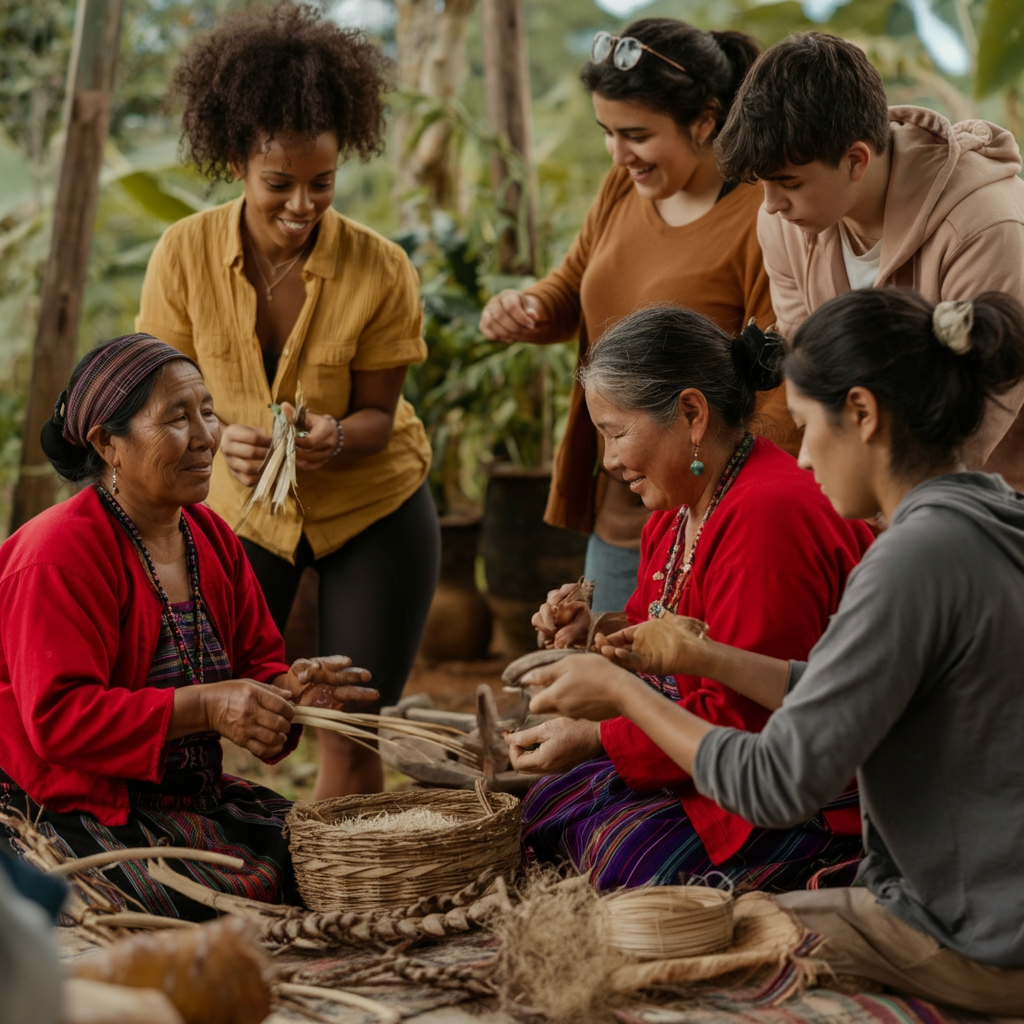
Cultural Enrichment Beyond the Surface
Local experiences provide cultural education that goes far beyond what museums can offer. When you participate in a traditional tea ceremony in Kyoto, you’re not just observing a ritual—you’re understanding the philosophy, patience, and mindfulness that underpin Japanese culture.
These experiences teach cultural nuances that would take years to learn through books or formal study. They provide context for why certain traditions exist and how they’ve evolved over time.
Economic Impact and Community Support
Choosing local experiences directly supports small businesses and community entrepreneurs. Your money stays within the local economy, supporting families and preserving traditions that might otherwise disappear due to lack of economic viability.
A study by the World Travel & Tourism Council found that tourists who prioritize local experiences spend 25% more on local businesses compared to those who focus primarily on major attractions.
Sustainable Travel Practices
Local experiences typically have lower environmental impacts than major tourist attractions. They often involve walking, cycling, or using public transportation rather than large tour buses. They also tend to be smaller-scale, reducing overcrowding and environmental stress on popular sites.
This approach aligns with growing environmental consciousness among travelers who want to minimize their carbon footprint while maximizing their cultural impact.
The Enduring Appeal of Tourist Attractions
Iconic Landmarks and Their Significance
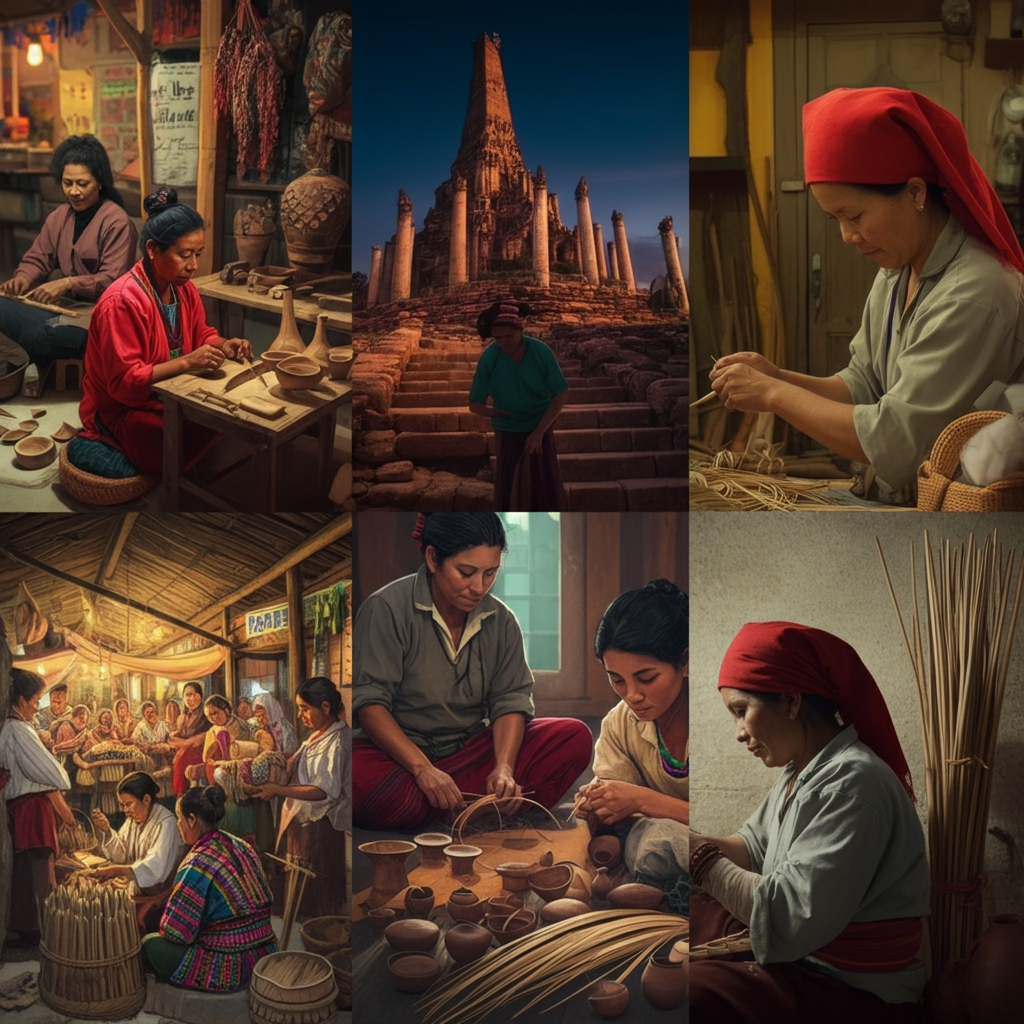
Tourist attractions exist for good reasons. They represent humanity’s greatest achievements, most beautiful natural wonders, and most significant historical sites. Standing before the Taj Mahal or walking through the ruins of Angkor Wat provides perspective on human creativity and cultural achievement that can’t be replicated elsewhere.
These experiences offer shared cultural touchstones that connect travelers across different backgrounds and generations. They provide common reference points for understanding world history and cultural development.
Infrastructure and Accessibility
Major tourist attractions offer accessibility that local experiences sometimes cannot match. They typically provide facilities for visitors with mobility challenges, professional safety measures, and standardized quality controls.
For travelers with limited time, language barriers, or specific accessibility needs, tourist attractions offer predictable, well-organized experiences that guarantee certain outcomes.
Educational Value and Historical Context
Museums, historical sites, and cultural centers provide structured educational experiences that contextualize local experiences. Understanding a country’s history through its national museums can enhance your appreciation of local customs and traditions encountered elsewhere.
These institutions also preserve and present cultural artifacts and knowledge that might otherwise be lost or inaccessible to visitors.
Creating the Perfect Balance
Integrating Both Approaches

The most enriching travel experiences often combine both local experiences and tourist attractions. You might visit the Prado Museum in Madrid to understand Spanish artistic heritage, then take a cooking class in a local neighborhood to experience contemporary Spanish culture.
This integrated approach allows travelers to appreciate both the historical significance of a destination and its living, breathing culture. It provides both breadth and depth of understanding.
Smart Planning Strategies
Successful integration requires thoughtful planning. Research local events and festivals that coincide with your visit. Book local experiences in advance while leaving flexibility for spontaneous discoveries. Use major attractions as anchors for your itinerary, then explore surrounding neighborhoods and local businesses.
Consider hiring local guides who can bridge the gap between tourist attractions and authentic experiences. Many local guides offer tours that combine must-see sites with hidden gems and local insights.
Timing and Pacing
Balance also involves managing your time and energy. Tourist attractions can be overwhelming and exhausting, while local experiences are often more relaxed and social. Alternating between these different types of experiences helps maintain energy and enthusiasm throughout your trip.
Morning visits to major attractions often involve smaller crowds, leaving afternoons and evenings free for local experiences when communities are more active and social.
Success Stories: Destinations Leading the Way
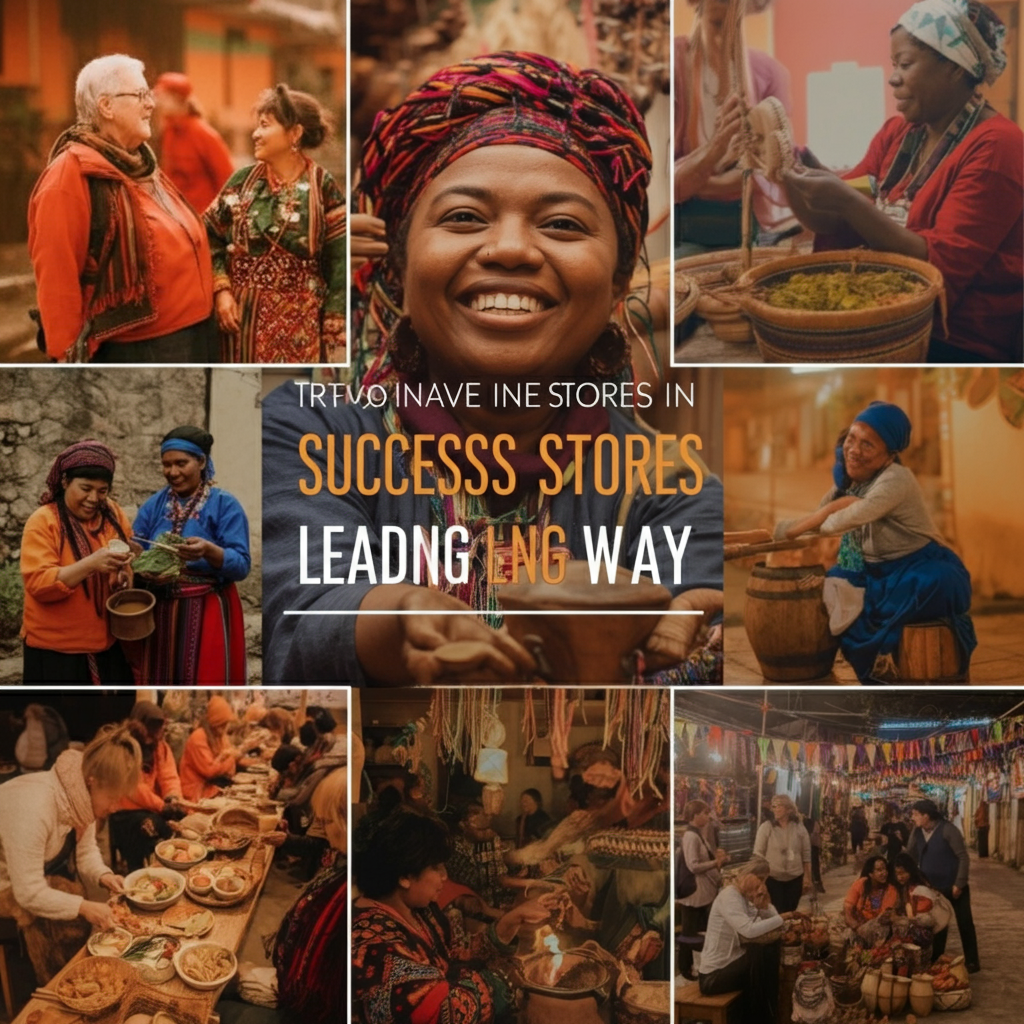
Kyoto’s Community-Based Tourism
Kyoto has successfully balanced preservation of its famous temples and gardens with promotion of local cultural experiences. The city offers traditional craft workshops, tea ceremony classes, and opportunities to stay in family-run ryokans (traditional inns) alongside visits to iconic sites like Fushimi Inari Shrine.
Local artisans teach visitors traditional crafts like pottery, textile dyeing, and calligraphy. These experiences provide income for craftspeople while preserving traditional skills that might otherwise disappear.
Barcelona’s Neighborhood Focus
Barcelona promotes exploration beyond the famous Sagrada Familia and Park Güell by highlighting distinct neighborhood characters. The city supports local food tours, artisan workshops, and cultural exchanges that showcase different aspects of Catalan culture.
Markets like La Boqueria serve both locals and tourists, creating spaces where authentic local life intersects with visitor curiosity. This approach has helped distribute tourism benefits more broadly across the city.
Medellin’s Transformation Story
Medellin has transformed its image by promoting community-based tourism that tells the story of the city’s remarkable transformation. Visitors can participate in urban art tours led by local artists, visit innovative public spaces, and learn about community development projects.
These experiences help visitors understand the city’s complex history while supporting ongoing community development efforts.
Technology’s Role in Facilitating Local Experiences

Mobile Apps and Platforms
Technology has made local experiences more accessible to travelers. Apps like Airbnb Experiences, EatWith, and WithLocals connect travelers directly with local hosts offering authentic activities.
These platforms provide quality control, safety measures, and convenience while maintaining the personal touch that makes local experiences special. They also help local entrepreneurs reach global audiences without requiring significant marketing investments.
Social Media Discovery
Instagram, TikTok, and travel blogs have become powerful tools for discovering local experiences. User-generated content often highlights hidden gems and authentic experiences that traditional tourism marketing might overlook.
However, this democratization of travel information also presents challenges as popular “hidden” spots can quickly become overcrowded, losing their authentic character.
Translation and Communication Tools
Language translation apps have reduced barriers to local experiences. Travelers can now communicate more effectively with local hosts, participate in activities with language barriers, and navigate local markets and restaurants with greater confidence.
These tools enable deeper cultural exchanges that were previously limited by language constraints.
Navigating Common Challenges
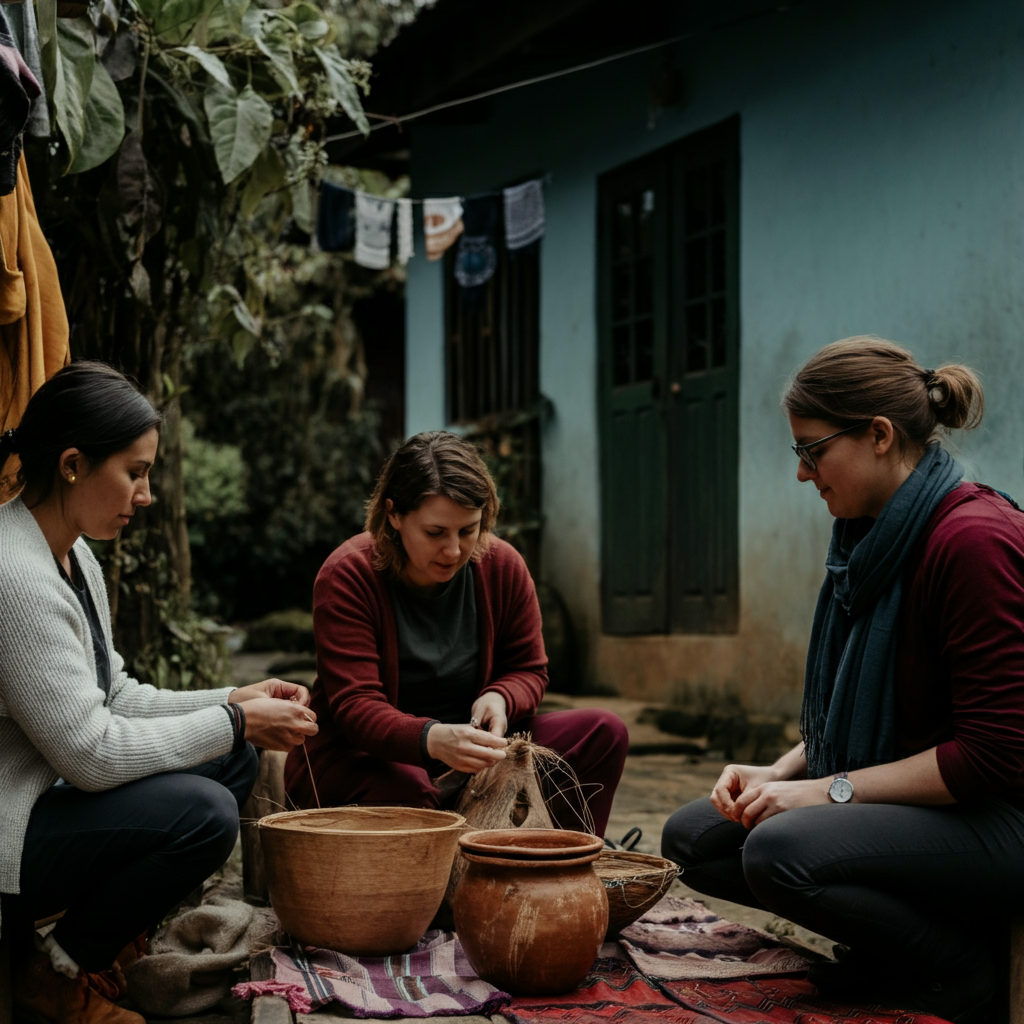
Language and Communication
While technology helps, language barriers remain a significant challenge for local experiences. Learning basic phrases in the local language shows respect and often leads to warmer interactions. Many locals appreciate the effort even if your pronunciation is imperfect.
Consider carrying a translation app and learning cultural gestures and customs that transcend language. Non-verbal communication can be just as important as verbal exchange in creating meaningful connections.
Safety and Comfort Zones
Local experiences often require stepping outside comfort zones, which can raise safety concerns. Research neighborhoods and activities in advance, but also trust your instincts. Most locals are genuinely interested in sharing their culture with respectful visitors.
Start with more structured local experiences before venturing into completely independent exploration. This builds confidence and cultural understanding gradually.
Cultural Sensitivity
Participating in local experiences requires cultural sensitivity and respect. Learn about local customs, dress codes, and behavioral expectations before participating in cultural activities.
Remember that you’re a guest in someone else’s community. Approach local experiences with humility and genuine curiosity rather than expectations or judgments based on your own cultural background.
The Future of Travel Experiences
The trend toward local experiences reflects broader changes in how we value authenticity, sustainability, and human connection. As destinations become more accessible and travelers become more experienced, the demand for unique, meaningful experiences will likely continue growing.
This shift benefits both travelers and destinations. Travelers gain richer, more memorable experiences, while destinations can distribute tourism benefits more broadly across their communities. Local experiences also tend to be more resilient to external shocks, as they’re less dependent on large-scale tourism infrastructure.
The future of travel lies not in choosing between local experiences and tourist attractions, but in thoughtfully combining both to create journeys that are both culturally enriching and personally transformative. The most successful destinations will be those that help travelers discover both their famous landmarks and their hidden treasures, creating connections that last long after the journey ends.
People Also Ask
**Q: How do I find authentic local experiences when traveling?
